Introduction
Are you considering mortgage refinancing but feeling overwhelmed by the potential costs involved? You’re not alone. Understanding the intricacies of mortgage refinancing is crucial for homeowners. This blog post aims to provide a comprehensive guide on the costs associated with mortgage refinancing, empowering you to make informed decisions.
The Basics of Mortgage Refinancing
What is Mortgage Refinancing?
Mortgage refinancing involves replacing your existing mortgage with a new one. This new mortgage typically comes with different terms, interest rates, or loan amounts. The primary goal is often to secure a lower interest rate, reduce monthly payments, or tap into home equity.
How Does It Work?
When you refinance, your new lender pays off your current mortgage, and you begin making payments on the new loan. The process is similar to when you initially obtained your mortgage, involving application, appraisal, and underwriting stages.
Reasons for Refinancing a Mortgage
Homeowners refinance for various reasons. Lowering the interest rate is a common motive, as it can significantly reduce monthly payments. Others might want to switch from an adjustable-rate mortgage to a fixed-rate mortgage for more stability. Additionally, refinancing can provide funds for home improvements or consolidate debt.
Types of Refinancing Costs
Closing Costs
Closing costs are a collection of fees required to finalize the mortgage refinancing process. These typically range from 2% to 5% of the loan amount and include various charges like title insurance, recording fees, and attorney fees.
Appraisal Fees
An appraisal fee is paid to a professional appraiser who assesses the market value of your home. This fee ensures that the lender isn’t lending more than the home’s worth. Appraisal fees usually range from $300 to $1500 but can vary based on the property’s location and complexity.
Origination Fees
Origination fees are charged by the lender for processing the new loan. These fees cover the cost of evaluating and preparing your mortgage loan. They typically range from 0.5% to 1% of the total loan amount.
Prepayment Penalties
Some mortgages come with prepayment penalties, which are fees charged for paying off your existing mortgage early. It’s crucial to check if your current loan has such penalties, as they can impact your overall savings from refinancing.
Understanding Break-Even Point
Definition and Significance
The break-even point in refinancing is the time it takes for the savings from the new mortgage to outweigh the costs incurred during the refinancing process. Understanding this point is essential for determining if refinancing is a financially sound decision.
Calculation of Break-Even Point
To calculate the break-even point, divide the total refinancing costs by the monthly savings gained from the new mortgage. For example, if your refinancing costs are $5,000 and your monthly savings are $200, your break-even point would be 25 months ($5,000 / $200 = 25).
Strategies to Minimize Refinancing Costs
Negotiating with Lenders
One effective strategy to reduce refinancing costs is to negotiate with lenders. Don’t hesitate to shop around and compare offers from multiple lenders. Ask for a breakdown of fees and see if any charges can be waived or reduced.
Considering No-Closing-Cost Refinancing Options
Some lenders offer no-closing-cost refinancing options, where the closing costs are rolled into the loan principal or covered by a slightly higher interest rate. While this might increase your monthly payments, it reduces the upfront costs and can be beneficial in the short term.
Opting for a Shorter Loan Term to Save on Interest
Choosing a shorter loan term, like a 15-year mortgage instead of a 30-year one, can save you significant amounts on interest over the life of the loan. While your monthly payments might be higher, the overall interest paid will be substantially lower.
Conclusion
Understanding the costs involved in mortgage refinancing is essential for making informed financial decisions. By evaluating the types of costs, calculating the break-even point, and employing strategies to minimize expenses, you can determine if refinancing is the right move for you.
Remember, every financial situation is unique, and consulting with a mortgage professional can provide personalized advice tailored to your needs. Ready to explore your refinancing options? Connect with our experts today and take the first step toward financial empowerment.






